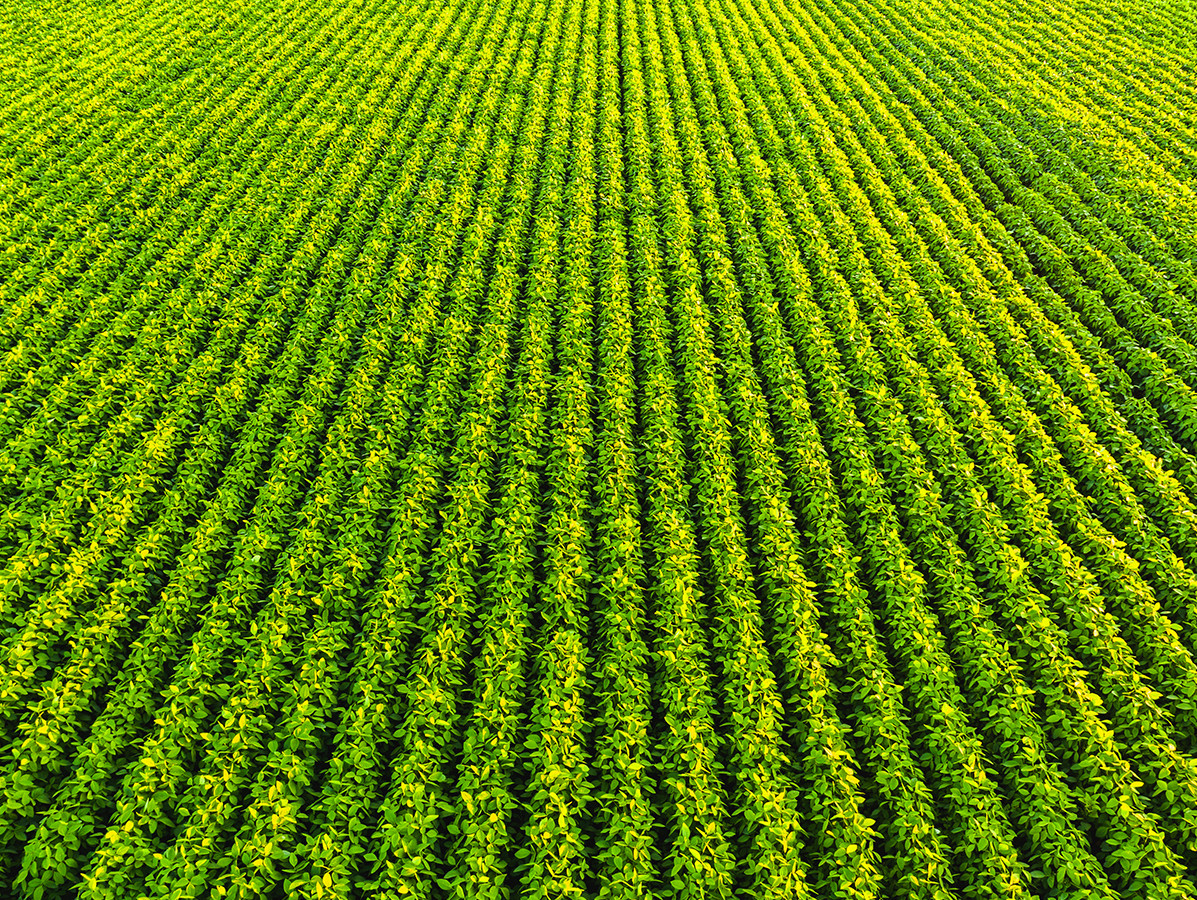
The cultivation of protein crops such as alfalfa, field beans and soya beans has declined by 2020. The area under cultivation shrank by 3% compared to a year earlier. The decrease is mainly due to less soya being grown. This year, 132 hectares of soya are being cultivated compared to 476 hectares last year, a 73% decrease. This is reflected in the CBS agricultural census. In order to achieve the Green Deal target for soya cultivation, 10 000 hectares of soya must be cultivated in our country. In the Netherlands, protein crops are grown on 9.1 thousand hectares. These crops are in the spotlight because of the role they play in the food transition and circular agriculture.
Crops such as alfalfa, soya beans, (non-bitter) lupins, field beans and forage peas take up about 0.5% of the total Dutch agricultural area. Of the protein crops, Lucerne is particularly important. In 2020 it will cover 7.5 thousand hectares, 1 percent less than one year previously.
There was growth in the acreage of field beans and lupin. In 2020, the area of field beans grew by 143 hectares to 1092 hectares, an increase of 15%. The acreage of non-bitter lupine grew from 58 hectares in 2019 to 100 hectares this year (+72%).
In the European Union as a whole, too, there has been a decline. In 2019, the area under soya beans in the EU was 896 thousand hectares, 6.2% less than a year earlier. For the second year in a row, there has been a decrease. In the countries of Italy and Romania, in particular, the area under soya fell by 19% and 14% respectively.
The EU is seeking to reduce its dependence on imported soya by, among other things, growing more soya beans itself. It is mainly the EU countries Italy, France and Romania that grow 273, 164 and 145 thousand hectares of soya, respectively.
Source: CBS